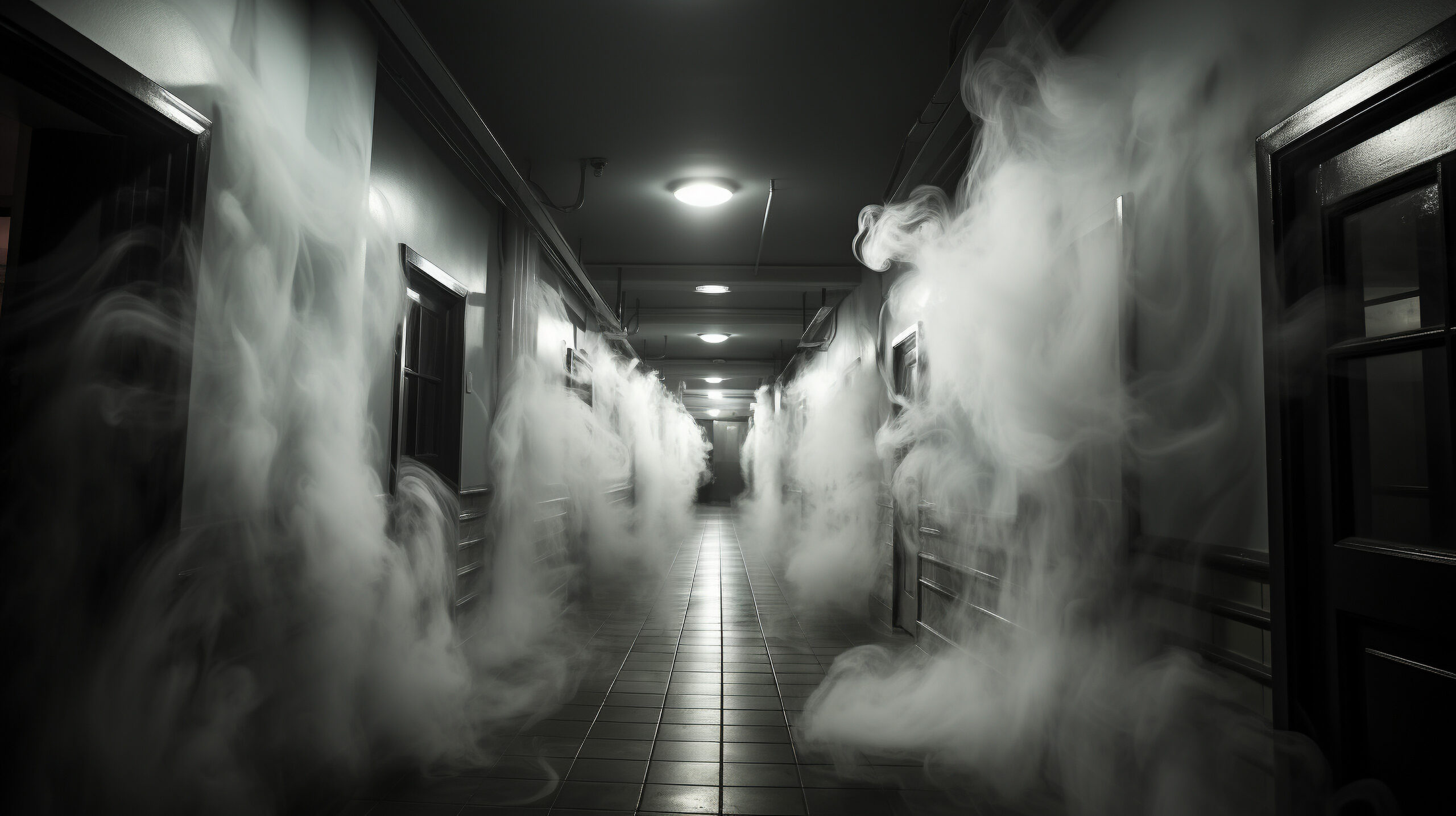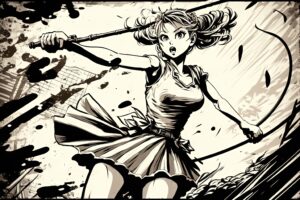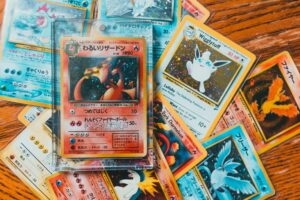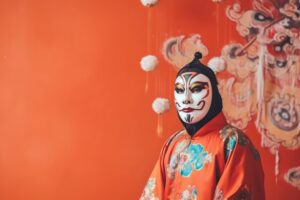Unveiling the Shadows: The Lore of Japanese Kaidan
In the heart of Japanese folklore lies the enigmatic and chilling world of Kaidan – a term that conjures tales of ghosts, yōkai (supernatural creatures), and the unexplained. These stories, rooted in ancient traditions, have not only survived but thrived through centuries, evolving with each era yet maintaining their eerie essence. "Unveiling the Shadows: The Lore of Japanese Kaidan" takes you on a spectral journey through time, exploring the origins, evolution, and enduring influence of these ghostly narratives. From the whispered tales of the Edo period to their manifestations in contemporary culture, Kaidan remains a fascinating study of Japan’s relationship with the supernatural.
The Origins of Kaidan: A Spooky Historical Overview
The roots of Kaidan stretch back to the ancient texts of Japan, intertwining with folklore, Shinto beliefs, and Buddhist teachings. Originally, the term Kaidan referred to any strange, mysterious, anecdotal story, but over time, it became synonymous with tales of the supernatural. These narratives were more than mere entertainment; they were a reflection of the fears, values, and societal norms of their times. The Heian period (794-1185) marks one of the earliest instances where these ghostly stories began to gain prominence, partly due to the influence of Chinese literature and Buddhist ideology, which emphasized the impermanence of life and the presence of spirits.
Ghostly Encounters: Classic Kaidan Tales Revisited
Among the pantheon of Kaidan, certain tales have withstood the test of time, etching themselves into the cultural consciousness. Stories like "Yotsuya Kaidan," a tale of betrayal and vengeful ghosts, and "Banchō Sarayashiki," with its themes of loyalty and injustice, are cornerstones of the Kaidan tradition. These narratives are not just chilling ghost stories but are also imbued with moral lessons and reflections on human nature. The characters, often tormented souls or vengeful spirits, serve as cautionary figures, warning against the perils of wrongdoing and the unescapable nature of karma.
From Oral Traditions to Written Word: Kaidan’s Evolution
Kaidan’s journey from oral traditions to written stories marks a significant evolution in its history. Initially, these tales were part of the oral tradition, passed down through generations and often told during the summer months as a chilling respite from the heat. The Edo period (1603-1868) saw a boom in the popularity of Kaidan, with the advent of the printing press allowing these stories to be recorded and distributed. This period also witnessed the emergence of Kaidan-shu, collections of ghost stories, which played a crucial role in preserving these tales and solidifying their place in Japanese literature.
The Role of Yokai in Kaidan: Supernatural Beings Unleashed
Yōkai are integral to Kaidan, serving as the embodiments of natural phenomena, human emotions, or moral lessons. These supernatural beings range from malevolent spirits seeking vengeance to mischievous creatures causing harmless pranks. Yōkai like the shape-shifting fox (kitsune) and the vengeful spirit (onryō) are staples of Kaidan, representing the interconnectedness of the natural and supernatural worlds. Through these characters, Kaidan explores themes of coexistence and respect for the forces beyond human understanding, reflecting broader societal beliefs and fears.
Edo Period Kaidan: A Golden Age of Ghost Stories
The Edo period is often regarded as the golden age of Kaidan, a time when these ghost stories flourished both in literature and in the popular imagination. This era saw the publication of seminal works like "Ugetsu Monogatari" and "Konjaku Monogatari," which not only entertained but also preserved cultural traditions and beliefs. The popularity of Kabuki and Bunraku (puppet theater) further propelled these tales into the mainstream, with adaptations of Kaidan drawing large audiences eager for tales of the supernatural. This period was instrumental in shaping the Kaidan tradition, blending folk tales with the artistry of Japanese literature and theater.
Lafcadio Hearn: A Westerner’s Dive into Kaidan
Lafcadio Hearn, a Greek-born writer raised in Ireland, played a pivotal role in introducing Kaidan to the Western world. After moving to Japan in 1890, Hearn became enamored with Japanese culture and began compiling and translating Kaidan stories. His collections, notably "Kwaidan: Stories and Studies of Strange Things," offered Western audiences a glimpse into the hauntingly beautiful world of Japanese folklore. Hearn’s work was instrumental in preserving these tales and highlighting the universality of ghost stories, transcending cultural and linguistic barriers.
Female Spirits in Kaidan: Vengeful Beauties and Tragic Tales
Female spirits occupy a prominent place in Kaidan, often portrayed as victims of betrayal or injustice who return from the dead seeking vengeance. These tales, while showcasing the horror of their hauntings, also reflect on the societal constraints and injustices faced by women. Stories such as "The Peony Lantern" and "Otsuyu" not only send shivers down the spine but also invite contemplation on themes of love, loss, and the quest for justice. Through these narratives, Kaidan offers a critique of societal norms, highlighting the plight and resilience of women in a patriarchal society.
The Influence of Kaidan on Modern Japanese Horror
The echoes of Kaidan can be felt strongly in modern Japanese horror, influencing contemporary literature, films, and manga. Themes of vengeance, hauntings, and the supernatural, central to Kaidan, have found new expressions in works like "Ringu" and "Ju-On: The Grudge." These modern iterations retain the core essence of Kaidan, exploring human emotions and fears through the lens of the supernatural. The legacy of Kaidan, with its rich tapestry of stories and characters, continues to inspire and terrify, proving the timelessness of these ghostly tales.
Adapting Kaidan for the Screen: Iconic Movies and Shows
The transition of Kaidan from the page to the screen has been a testament to its enduring appeal. Iconic films such as "Kwaidan" (1964) and "Onibaba" (1964) have brought these tales to life, captivating audiences worldwide with their atmospheric storytelling and visual richness. These adaptations highlight the versatility of Kaidan, seamlessly blending traditional themes with cinematic techniques to create hauntingly beautiful works of art. The screen incarnations of Kaidan not only pay homage to their literary origins but also expand their reach, introducing these ghostly narratives to a global audience.
Kaidan in Literature: How Stories Transcend Generations
Kaidan’s presence in literature extends beyond its traditional roots, influencing a wide range of works from short stories to novels. Contemporary authors continue to draw upon the themes and motifs of Kaidan, reimagining them for new generations. These modern retellings and interpretations pay tribute to the enduring nature of these tales, demonstrating their ability to evolve while retaining their core essence. Through literature, Kaidan remains a vibrant and vital part of Japanese culture, its stories continually resonating with readers across time.
Preserving the Chilling Legacy: Kaidan in Contemporary Culture
As Japan strides into the future, the legacy of Kaidan is meticulously preserved and celebrated. Festivals, exhibitions, and dedicated storytelling events keep the tradition alive, blending respect for the past with contemporary interpretations. This cultural preservation ensures that Kaidan remains not just a relic of history but a living, breathing part of Japan’s cultural landscape. Through these efforts, Kaidan continues to enchant and educate, bridging the past with the present and the supernatural with the everyday.
The Future of Kaidan: Where Does the Tradition Go From Here?
As we look to the future, the trajectory of Kaidan appears both promising and intriguing. With the advent of digital media and technology, new platforms for storytelling emerge, offering innovative ways to experience these ancient tales. Virtual reality, augmented reality, and interactive storytelling hold the potential to immerse audiences in the world of Kaidan like never before. As long as there is a fascination with the supernatural and a hunger for stories that delve into the complexities of human nature and the unknown, Kaidan will continue to evolve, captivating the imaginations of generations to come.
Kaidan, with its rich tapestry of tales that traverse the eerie boundaries between the living and the dead, continues to be a profound and captivating aspect of Japanese culture. Through centuries of evolution, these stories have retained their power to fascinate, terrify, and fascinate, serving as a mirror reflecting human fears, desires, and the timeless fascination with the unknown. "Unveiling the Shadows: The Lore of Japanese Kaidan" has journeyed through the ghostly corridors of time, exploring how these narratives have shaped and been shaped by the people who tell them. As Kaidan continues to haunt the collective consciousness, it remains a testament to the enduring allure of the supernatural in the human psyche.








